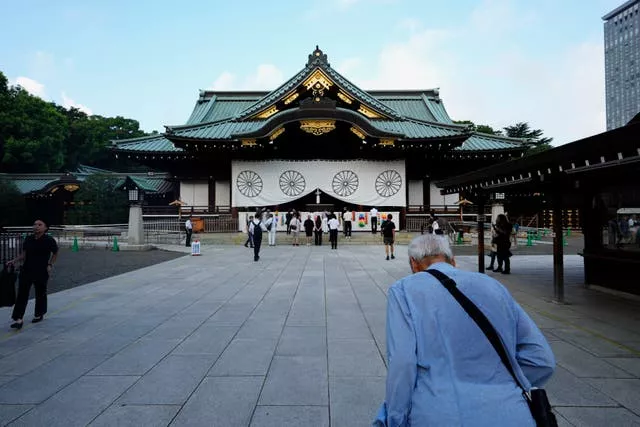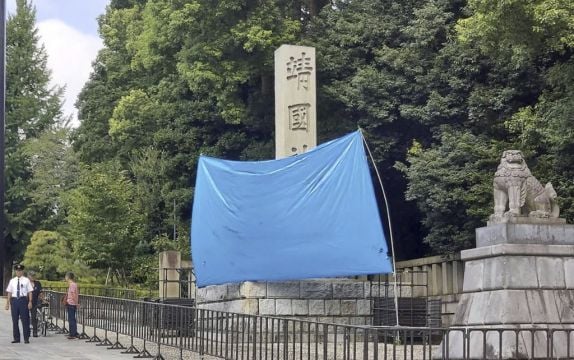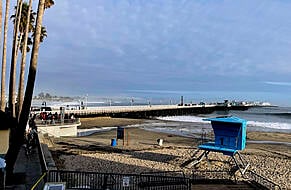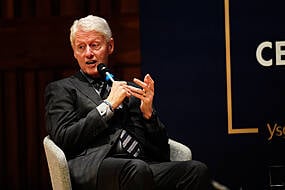Tokyo’s Yasukuni Shrine, which honours Japan’s war dead, including convicted Second World War war criminals, has been vandalised again.
“It is deplorable that an act seeking to denigrate the shrine’s dignity has happened again,” the shrine said in a statement.
In May, a stone pillar at Yasukuni was spray-painted red. A Chinese suspect was arrested in July.
Neither the police nor the Shinto shrine would go into details about the latest vandalism, saying an investigation was ongoing.
Japanese media reports said graffiti reading “toilet” in Chinese, written with what appeared to be black markers, was found on Monday morning on a stone pillar near the shrine’s arch.

Asian nations that suffered from Japanese aggression before and during the Second World War see Yasukuni as a symbol of militarism.
Convicted Class A war criminals, including Hideki Tojo, Japan’s wartime prime minister, are among the 2.5 million Japanese war dead enshrined at Yasukuni.
The shrine itself, a dramatic-looking building with sweeping roofs, also includes in its grounds memorials and museums dedicated to kamikaze pilots.
Every year on August 15, the anniversary of Japan’s surrender in the Second World War, there is close scrutiny of which Japanese politicians visit Yasukuni to pray for the war dead.
Many regular Japanese go there to pray for their family members and friends, regardless of their political views.
This year, some politicians, including defence minister Minoru Kihara, prayed at the shrine on August 15. Prime minister Fumio Kishida, who has announced he will not seek re-election next month, did not go but sent an offering.
Emperor Naruhito and his late father Akihito have not visited Yasukuni.
The maximum penalty for property damage is three years in prison and a 300,000 yen (£1,500) fine.







